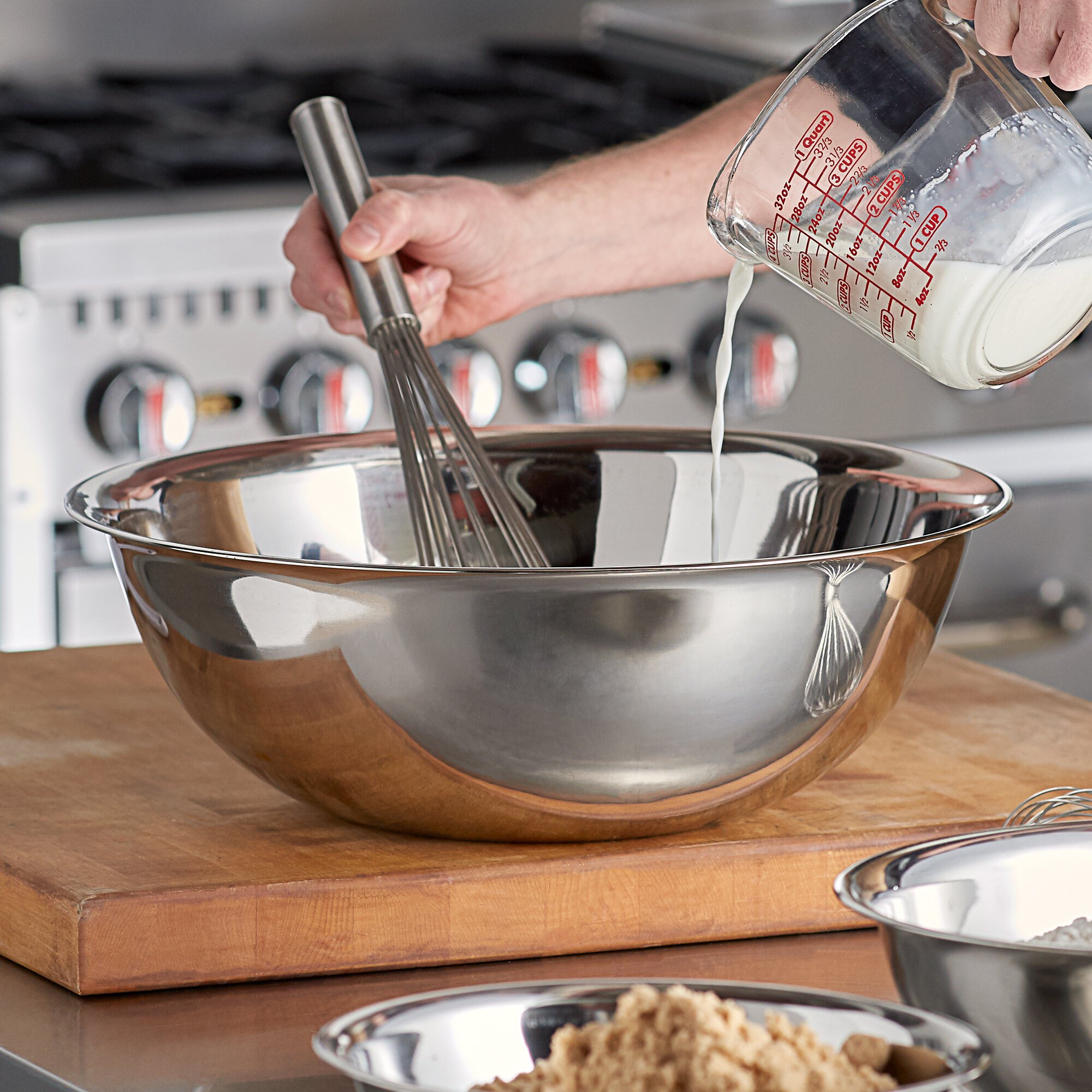
So go ahead, pick one of these sets or-ahem- mix and match them to suit your culinary needs. We included bowls with covers for storage and various size selections depending on your kitchen and recipe size. (Trust us, anything other than a good plastic bowl with hand mixers will sound atrocious!) But don't worry, because here, we not only explain what bowls are best for certain tasks, but we also pick out the best option for each. In fact, most kitchens should have more than one type of mixing bowl depending on the activity. Ceramic mixing bowls come in a wide range of colors and can double. But you'll also see her use ceramic, glass, and melamine bowls as well, because they are all microwave friendly and look nicer to double as serving dishes. Glass mixing bowls are heavier than stainless steel mixing bowls, so their size range tends to be more limited. "I love a big stainless mixing bowl," Ree says.

In fact, that's what The Pioneer Woman prefers herself.
#Glass vs stainless steel mixing bowls professional#
You'll find a range of stainless steel bowls in most professional kitchens, because they are super sturdy, relatively lightweight, and can cool and heat quickly. To choose the right type of mixing bowls, you first want to consider material. Heck, ask any cook in the kitchen! Without a set of the best mixing bowls to prep, serve, and store, it's practically impossible to create any meal, whether it's homemade cinnamon rolls or a big seasonal salad. This is because stainless is lightweight and durable, and. They’re also easy to clean in the dishwasher and don’t stain easily like other materials used in other bowls. Second, because of their durability and strength, stainless steel and glass mixing bowls can be dropped from a great height without sustaining damage. Sure, a stand mixer might top the list since it's fancy and fun, but when it comes down to it, nothing is more essential that a sturdy set of mixing bowls. The general consensus is that stainless steel and glass are the best materials for mixing bowls. First, glass or stainless steel mixing bowls don’t absorb odors like plastic will.

The bottom of the bowl might be too hot and this might cause burns Another issue is the the veins can burn and they may not withstand high temperatures either. The bowl should never be used when cooking or baking on a stovetop. Ask any baker what their essential kitchen tools include, and they will certainly mention mixing bowls at some point. Stainless Steel or glass bowls are safe to use in an oven up to 450 degrees.


 0 kommentar(er)
0 kommentar(er)
